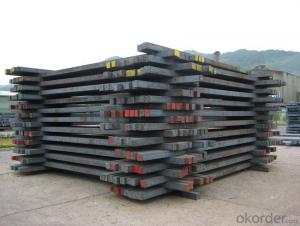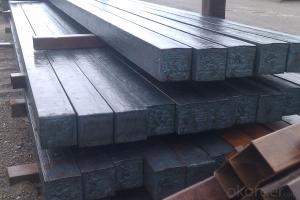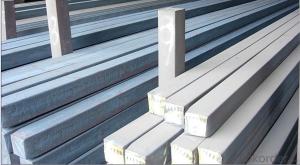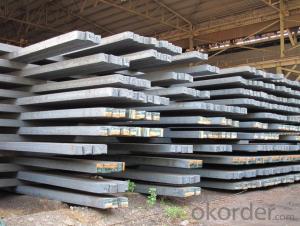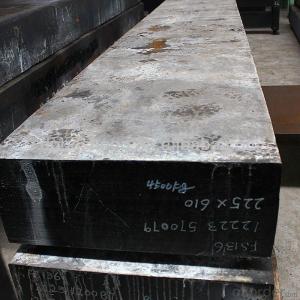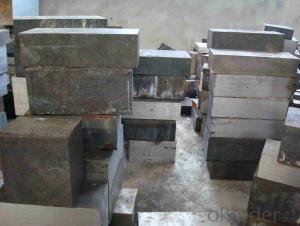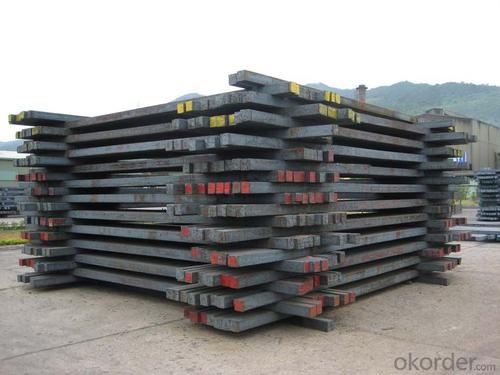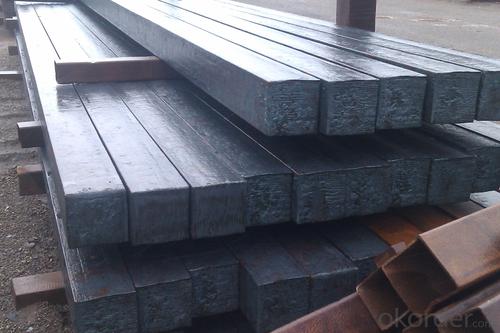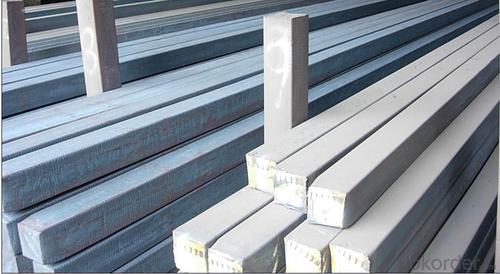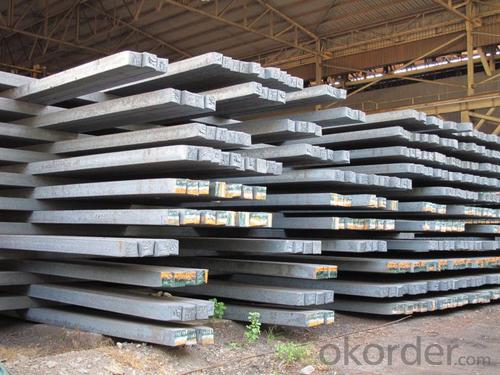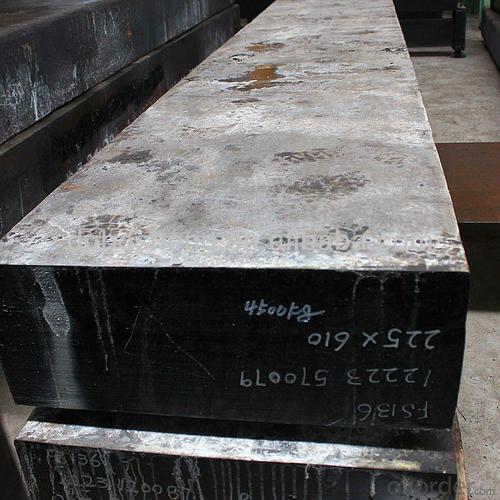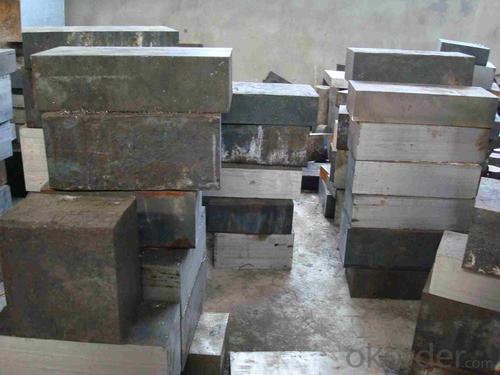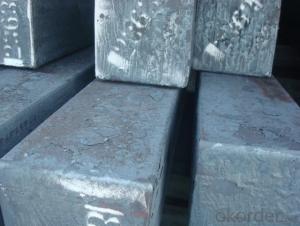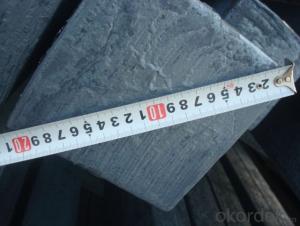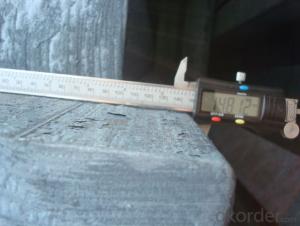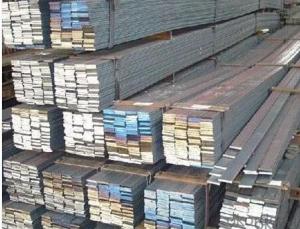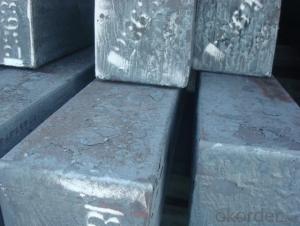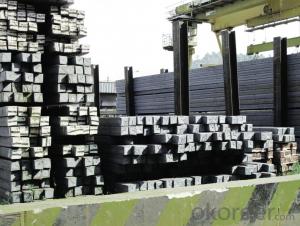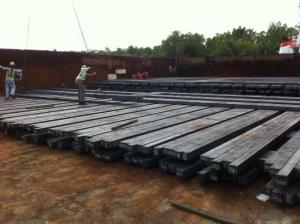Prime quality prepainted galvanized steel 705mm
- Loading Port:
- Tianjin
- Payment Terms:
- TT OR LC
- Min Order Qty:
- 100 m.t.
- Supply Capability:
- 10000 m.t./month
OKorder Service Pledge
OKorder Financial Service
You Might Also Like
Construction building material galvanized color prepainted cold
rolled steel coil
Prepainted steel sheet is coated with organic layer, which provides higher anti-corrosion property and
a longer lifespan than that of galvanized steel sheets.
The base metals for prepainted steel sheet consist of cold-rolled, HDG electro-galvanized and hot-dip
Alu-zinc coated. The finish coats of prepainted steel sheets can be classified into groups as follows:
polyester, silicon modified polyesters, polyvinylidene fluoride, high-durability polyester, etc
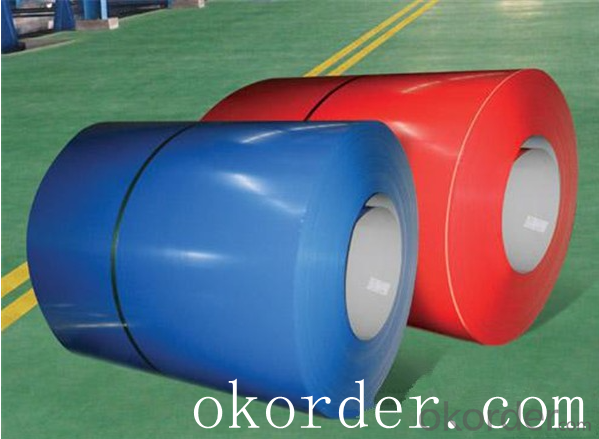
Standard and Grade :
Pre-paint galvanized steel coil | ||||
ASTM A755M-03 | EN10169:2006 | JISG 3312-2012 | ||
Commercial quality | CS | DX51D+Z | CGCC | |
Structure steel | SS GRADE 230 | S220GD+Z | CGC340 | |
SS GRADE 255 | S250GD+Z | CGC400 | ||
SS GRADE 275 | S280GD+Z | CGC440 | ||
SS GRADE 340 | S320GD+Z | CGC490 | ||
SS GRADE550 | S350GD+Z | CGC570 | ||
S550GD+Z | ||||
Application:
Outdoor | Roof, roof structure, surface sheet of balcony, frame of window, door of garage, rolled shutter door, booth, Persian blinds, cabana, etc |
Indoor | Door, isolater, frame of door, light steel structure of house, home electronic appliances, ect. |
Specifications
Commodity Name: Prepainted Galvanized Steel Coil
Standard: AISI, ASTM, DIN, GB, JIS
Grade: TDC52D+Z
Thickness 0.13-8.0mm
Width:600mm-1350mm
Zinc Coating:275g/m2
Polyester Coating Thickness:Top and Back coating thickness depend by Buyer Requirement.
Polyester Coating Type:2/2,1/2m,1/2.
Polyester Type: Polyester, silicone modified polyester, high durability polyester (HDP), polyvinylidene fluoride (PVDF)
Unit Roll Weight:5-20tons
Place of Origin Shanghai , China (Mainland)
Surface Treatment :Color Coated
Manufacture Progress:HRC-CRC-GALVANIZED-COLOR COATED
Application : Construction, electrical, transportation, steel plant, composite board plant, steel tile factory
Payment & Shipping Terms:T/T ,L/C, and FOB CHINA
Minimum Order Quantity: 25Tons
Packge Type: Moisture-proof paper inner,Steel outside,Bundle by steel rope.
Package in Container : Wood as a foot pad, wire rope reinforcement,PPGI steel coil tied together by steel rope.
- Q: How are steel billets stored to prevent rusting?
- Steel billets are typically stored in covered areas or warehouses to protect them from exposure to moisture and humidity, which can lead to rusting. They are also often coated with a rust inhibitor or protective oil prior to storage to provide an additional barrier against corrosion.
- Q: How are steel billets used in the production of marine vessels?
- Steel billets are used in the production of marine vessels as they serve as the raw material for various components and structures. These billets are typically shaped and processed to create different parts such as hulls, frames, decks, and superstructures. By being molded and welded together, steel billets provide the necessary strength, durability, and structural integrity required for marine vessels to withstand the harsh conditions of the sea.
- Q: How long do steel billets typically last?
- Steel billets typically last for a very long time. The lifespan of a steel billet depends on various factors such as the quality of the steel, the environment it is exposed to, and how it is used. Generally, high-quality steel billets that are properly stored and handled can last for several decades without any significant deterioration. However, if the billets are exposed to harsh environments or are not properly maintained, their lifespan may be shortened. It is important to note that steel billets can be recycled and reused, further extending their overall lifespan.
- Q: What is the role of steel billets in the manufacturing of industrial boilers?
- Steel billets play a crucial role in the manufacturing of industrial boilers. These billets serve as the raw material from which the various components of the boiler are formed. Industrial boilers are complex structures that require high-quality, durable materials to withstand the harsh conditions they operate in. Steel billets are typically made from carbon steel or alloy steel, which possess excellent strength and corrosion resistance properties. These billets are first heated and then shaped into different forms, such as plates, tubes, or rods, through processes like rolling, extrusion, or forging. These formed components are then further processed and assembled to create the boiler. In the manufacturing process, steel billets are used to fabricate important boiler components, such as the shell, tubes, and flues. The shell, made from steel plates, provides the main body of the boiler, while the tubes and flues allow for the passage of hot gases and water. Steel billets ensure the structural integrity of these components, as they can withstand high temperatures and pressures without deforming or failing. Moreover, steel billets are also used to create other auxiliary components of industrial boilers, including supports, brackets, and fittings. These components are crucial for the proper functioning and installation of the boiler, ensuring stability, efficiency, and safety. Overall, steel billets are essential in the manufacturing of industrial boilers as they provide the necessary strength, durability, and versatility required to withstand the demanding conditions of operation. The use of high-quality steel billets ensures that the boilers are reliable, long-lasting, and capable of meeting the rigorous performance standards expected in industrial applications.
- Q: How are steel billets transported internationally?
- Depending on factors such as distance, quantity, and urgency, steel billets are transported internationally by various means. Popular methods include shipping, rail, and road transportation. For long-distance international transport, shipping is the preferred choice. Steel billets are loaded into shipping containers, typically 20-foot or 40-foot in size, and secured to prevent movement during transit. These containers are then transported by cargo ships, which offer large storage capacities and efficient transportation over vast distances. Designed to protect the steel billets from external elements like moisture and corrosion, shipping containers ensure their integrity upon arrival. Rail transport is also commonly used for international shipments, especially to destinations connected by rail networks. Steel billets are loaded onto railcars, either in open-top or covered wagons depending on requirements and weather conditions. Rail transportation is favored for its cost-effectiveness, ability to handle large volumes, and access to landlocked regions. For shorter distances or urgent deliveries, road transportation is employed. Steel billets are loaded onto flatbed trucks or trailers, securely fastened to prevent any movement, and transported directly to their destination. Road transport offers flexibility, allowing delivery to locations where other modes may face limitations. Regardless of the transportation mode, international shipments of steel billets must have proper documentation, including customs clearance, bill of lading, and other relevant paperwork. These ensure compliance with international trade regulations, smooth border crossings, and timely delivery of the steel billets to their destination.
- Q: How are steel billets used in the production of railway infrastructure?
- The production of railway infrastructure relies heavily on steel billets, which are crucial for creating various railway components such as rails, sleepers, and fasteners. These semi-finished steel products undergo a hot rolling process to shape them into long and narrow sections with consistent cross-sections, serving as the foundation for railway tracks. Rails, one of the primary uses of steel billets in railway infrastructure, are formed from the processed billets. These rails, available in different lengths and dimensions, provide stability and a sturdy platform for trains to run on. The strength and durability of steel ensure that the tracks can withstand heavy loads and frequent traffic. Steel billets are also used to manufacture sleepers, which act as horizontal supports for the rails. Concrete or wooden sleepers are created from the shaped and formed billets and are laid on the track bed to maintain the alignment and gauge of the tracks. Sleepers play a vital role in distributing the weight of trains and providing stability. Furthermore, steel billets are essential in producing fasteners like bolts, nuts, and clips. These fasteners secure the rails to the sleepers, ensuring that they remain in position during train operations. Steel's strength and resilience make it a reliable material for these critical components, which must withstand significant stress and vibrations. In conclusion, steel billets are indispensable in the production of railway infrastructure. Their versatility and strength make them suitable for creating rails, sleepers, and fasteners, which are vital for a reliable and robust railway system. Without steel billets, the construction and maintenance of railway tracks would be impossible, impacting the efficiency and safety of train operations.
- Q: What are the potential applications of steel billets in the transportation industry?
- In the transportation industry, steel billets offer a wide range of potential applications. One important use is their role in manufacturing various parts and components for automobiles, including engine blocks, chassis, suspension systems, and wheels. These critical components require the strength and durability that steel billets provide, ensuring the safety and reliability of vehicles. Furthermore, steel billets are commonly employed in the production of railway tracks, guaranteeing the stability and longevity of rail infrastructure. Their high strength and resistance to wear and tear make them an ideal choice, enabling them to withstand heavy loads and extreme weather conditions. Additionally, steel billets find application in ship and boat construction. The marine industry relies on their strength and corrosion resistance to build hulls, decks, and various structural components. Steel billets also play a crucial role in bridge construction, providing the necessary strength and structural integrity to support heavy traffic loads. Moreover, steel billets are extensively used in the manufacturing of aircraft parts and components. The aviation industry demands materials with an exceptional strength-to-weight ratio, and steel billets meet this requirement. They are utilized in the production of landing gear, engine mounts, and other critical aircraft structures. In summary, the potential applications of steel billets in the transportation industry are vast and diverse. Their strength, durability, and resistance to wear and tear make them indispensable for the production of parts and components in automobiles, railway tracks, ships, boats, aircraft, and bridges. Steel billets contribute to the safety, reliability, and efficiency of transportation systems, making them an essential material in this industry.
- Q: What is the role of steel billets in the manufacturing of railway wheels?
- The production of railway wheels heavily relies on steel billets, which serve as the primary raw material. These billets are crucial in creating wheels that possess exceptional strength, durability, and the ability to endure heavy loads, extreme temperatures, and constant wear and tear. To begin with, steel billets undergo a melting process and are then shaped into a cylindrical form, similar to the final shape of the railway wheel. Subsequently, these billets go through a series of manufacturing steps, including hot rolling, forging, and machining, to achieve the desired shape and dimensions of the railway wheel. One of the key advantages of using steel billets lies in their remarkable strength and toughness. Steel is widely recognized for its exceptional mechanical properties, such as high tensile strength and hardness. These characteristics are indispensable for railway wheels, as they need to bear immense loads and resist deformation even under extreme pressures. Furthermore, steel billets provide the necessary metallurgical properties essential for railway wheels. They can be alloyed with additional elements like carbon, manganese, and chromium to enhance their strength, hardness, and resistance to corrosion and fatigue. This ensures that the railway wheels maintain their structural integrity and performance over an extended period. In conclusion, steel billets play a fundamental role in the manufacturing process of railway wheels. They provide the raw material needed to create robust, durable, and dependable wheels that can withstand the challenging conditions of railway operations. By utilizing steel billets, railway wheels are able to meet the strict safety, performance, and longevity requirements of the transportation industry.
- Q: What industries rely heavily on steel billets?
- Steel billets are an essential raw material for numerous industries, with construction being one of them. The construction industry relies on steel billets to fabricate structural components like beams, columns, and reinforcement bars, which are crucial for constructing buildings, bridges, and infrastructure projects. The strength and durability provided by steel billets are necessary for these construction applications. Another industry heavily dependent on steel billets is the automotive industry. They are used to manufacture different automotive parts, including engine components, chassis, and suspension systems. Steel billets are ideal for producing parts that can endure rigorous conditions and ensure vehicle safety due to their high strength and versatility. The oil and gas industry is also heavily reliant on steel billets for the production of pipelines, drill pipes, and other equipment used in exploration, extraction, and transportation processes. Steel billets are preferred in this industry for their corrosion resistance, high pressure resistance, and ability to withstand extreme temperatures. Furthermore, the machinery and equipment manufacturing industry extensively utilizes steel billets as the primary material for producing a wide range of machinery, including industrial machinery, agricultural equipment, and heavy-duty machinery. Steel billets provide the necessary strength, toughness, and machinability required for these applications. Moreover, the aerospace industry heavily depends on steel billets for manufacturing various aircraft components like landing gear, structural frames, and engine parts. Steel billets are chosen for their high strength-to-weight ratio, heat resistance, and ability to withstand the demanding conditions of aerospace applications. In conclusion, steel billets are indispensable in various industries such as construction, automotive, oil and gas, machinery and equipment manufacturing, and aerospace. Their unique properties ensure the production of strong, durable, and reliable products, making them vital for these industries.
- Q: How are steel billets used in the automotive industry?
- Steel billets are used in the automotive industry to produce various components such as engine blocks, crankshafts, connecting rods, suspension parts, and chassis components. These billets are heated and then shaped through various manufacturing processes like forging, casting, or extrusion to create the necessary automotive parts. The high strength and durability of steel make it an ideal material for ensuring the structural integrity and safety of vehicles.
Send your message to us
Prime quality prepainted galvanized steel 705mm
- Loading Port:
- Tianjin
- Payment Terms:
- TT OR LC
- Min Order Qty:
- 100 m.t.
- Supply Capability:
- 10000 m.t./month
OKorder Service Pledge
OKorder Financial Service
Similar products
Hot products
Hot Searches
Related keywords
